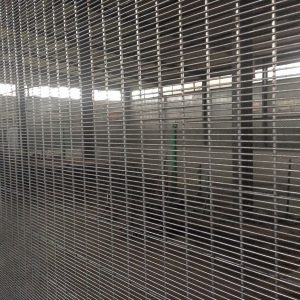After the fall, when the weather turns cooler, the farm should adjust the chicken flocks, increase feed nutrition and light, force moulting and deworming to improve economic benefits.
1. Adjust the chicken flock: eliminate chickens with low egg production, discontinued chickens, weak chickens, rigid chickens, chickens with serious habit, chickens with short egg production peaks, chickens that are too fat or thin, and diseases with no therapeutic value Chickens.
2. Increase feed nutrition: After the long laying period and hot summer, the old laying hens are already very tired. After the fall, you should feed more animal protein feeds and add multiple vitamins to the feed to promote the laying hens to resume production as soon as possible egg. New laying hens raised in spring must also be supplied with nutrient-rich feed to increase egg production.
3. Increase the light time: the natural daylight time is gradually shortened after the fall, and the layer should be supplemented with light during the laying period. When supplementing the light, the ground light intensity should be 3 lux. Turn on the lights twice a day, the first time the lights are turned on at 4-5 in the morning until dawn, the second time when the lights are dark until 20-21, and the lights are also turned on during the cloudy day.
4. Forced moulting: forced moulting can prompt layers to moult simultaneously and start production at the same time. The following methods can be adopted for artificial moulting: add 2.5% zinc oxide or 4% zinc sulfate to the diet of laying hens. During the feeding of high-zinc diets, water is not stopped and the light can be reduced to 6-8 hours per day. After 7-8 days, the chicken weight will drop by about 25% (if the weight loss is less than 25%, continue to feed the high-zinc diet), and the production will be stopped. At this time, the layer will be fed with the pre-feed, and each chicken will be fed 30-40 on the first day Gram, and then increase by 10 grams per day to 100 grams per day to allow the laying hens to eat freely. When returning to normal feeding, start to gradually increase the light time to 16 hours a day.
5. Timely deworming: Autumn is the best time for deworming laying hens. The following drugs can be used for deworming: (1) Levamisole hydrochloride. Mix 25 mg of feed per kilogram of chicken body weight or add it to drinking water to allow chickens to eat or drink freely. ⑵Quelling (piperazine citrate). 0.2-0.25 grams per kilogram of chicken body weight, mixed with feed or fed directly.

